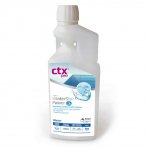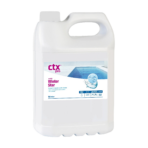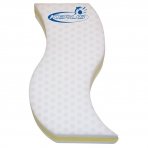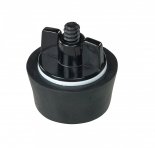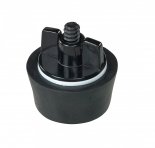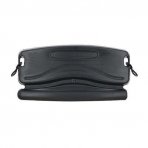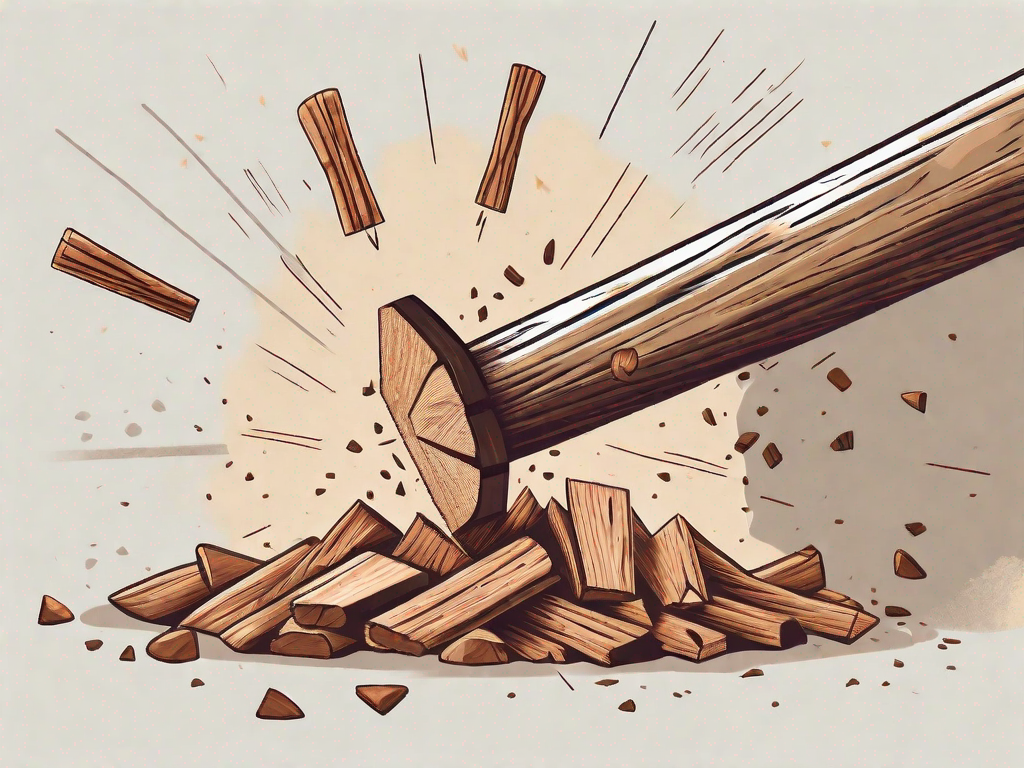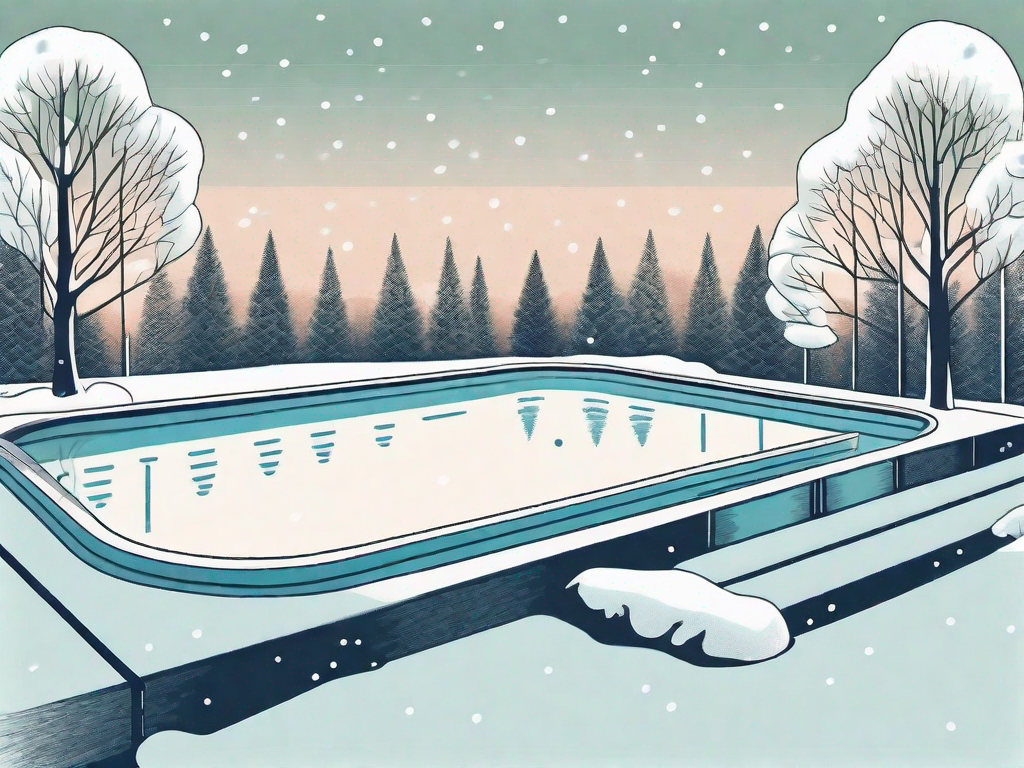How do you winterize your pool?
Unfortunately, summer is on its last legs. The days are getting shorter, the nights fresher and the pool is preparing for hibernation. If you want to cool down quickly when the summer sun comes back, you should take the necessary precautions. By preparing your pool for winter now, you won't have any unpleasant surprises at the start of the new swimming season.
We explain in a few simple steps how to best prepare your pool for winter.
When is the best time to winterize your pool?
When the water temperature in your pool drops below 12°C, it becomes too cold for algae to survive.
Consequence: the pool water doesn't turn green as quickly, and you don't need to use as much chlorine. The ideal time, then, to get your pool ready for winter. With our handy and easy step-by-step plan, you can get started yourself.
How to winterize your pool: a step-by-step plan
There are 2 options: either you choose active winterization of the pool, where the filtration system continues to work minimally, or you choose passive winterization, where all pool technology is stopped.
Option 1: active hibernation
Active winterization is by far the most popular choice. In this, the filtration system continues to operate at a lower setting during the winter months. However, the heating is stopped. The advantage of this technique is that water quality is kept under control throughout the winter. The pool is covered with a winter net or safety tarp.
- Polish the roller shutter with a slat cleaner and roll it up in the roller shutter bin/niche. You can leave the slats on the water, but we do not recommend that. Especially in stormy weather, it is recommended to roll up the roller shutter.
Note: never operate the roller shutter in freezing temperatures to avoid damage. - Scoop coarse dirt and leaves from the bottom. Scrub the walls and bottom of the pool clean. Scrub the water line with HTH Borkler Gel and use your pool vacuum to clean the bottom. Manually vacuum the pool further if necessary and set the 6-way valve to "Waste."
- Check the water quality with a water tester and add the appropriate products to optimize water quality.
Let the pool water filter overnight so the products are processed before adding the winter product(1 liter or 5 lit ers - see step 7). - Let your filter backwash well for at least 10 minutes.
- Adjust filter times and, if possible, pump speed and power. Run the filter pump for several hours daily, for example, from 4 to 8 hours and from 2 to 5 hours.
- Drain the water pump pipes on which water may remain. If necessary, tilt them a little so that the remaining water flows out (see further under the heading "Additional steps" below).
- Now add the necessary dose of winter product to the pool water.(1 liter or 5 liters)
- Cover the pool with a winter net to keep the water free of leaves. A safety tarp can also serve as a cover.
Note: Are you winterizing a mosaic pool? Then set the heater to 5°C during frost periods to prevent frost damage.
During winter:
- Check the water level regularly. Rain can cause the water to rise too high.
- Never smash ice cream.
Option 2: passive hibernation
In passive wintering, the filter systems are stopped. In this case, you proceed as follows to prepare your pool for the winter period.
- Polish the roller shutter with a slat cleaner and roll it up in the roller shutter bin/niche. You can leave the slats on the water, but we do not recommend that. Especially in stormy weather, it is recommended to roll up the roller shutter.
Note: never operate the roller shutter in freezing temperatures to avoid damage. - Scoop coarse dirt and leaves from the bottom. Scrub the walls and bottom of the pool clean. Scrub the water line with HTH Borkler Gel and use your pool vacuum to clean the bottom. Manually vacuum the pool further if necessary and set the 6-way valve to "Waste."
- Check the water quality with a water tester and add the appropriate products to optimize water quality. Let the pool water filter overnight until the products are processed before adding the winter product (see step 10).
- Let your filter backwash well for at least 10 minutes.
- Pump the water out of the pool to about 20 inches below the inlet. Seal the inlet with winter plugs. You can remove any grease rim with a rim cleaner.
- Drain the pump and filter. Leave the drains open.
- Open the sand filter head and filter cover. This will allow the pump and filter to dry. Set the 6-way valve to winter position or in between positions.
- If necessary, loosen the pressure gauge.
- Drain any pipes where water may remain in them (central heating pipes, heat pump, automatic water treatment, etc.). You will find more detailed instructions under the heading "Additional steps" below.
- Add the necessary winter product to the pool water.(1 liter or 5 liters)
- If necessary, place winter floats (ice breakers) diagonally in the pool water, this way you avoid damage when ice forms. Especially with mosaic pools, we recommend this.
- Protect skimmers from freezing temperatures by sealing them with Gizzmo's. This prevents water from entering the filtration system. Run a winter plug in the nozzles and in the vacuum connection to prevent your pool from filling up with rain or slush water again in winter.
- Cover the pool with a winter net to keep the water free of leaves.
- Keep in mind the groundwater level before emptying the pool.
Additional steps
Pool Filter
After 5 years, you should replace the sand from your filter. If you don't, the filter may break down or you may have water quality problems. Nowadays, you can replace the sand with AFM glass, which you only need to replace after 10 to 15 years.
Automatic dosing of chlorine and pH
To avoid problems, preventive maintenance of the automatic dosing of chlorine and pH is required at least once a year. We recommend that you outsource this to our technical team. During such a maintenance we check the electrodes, calibrate them and if necessary we can also replace them. In addition, we also check the injectors, suction arms, filters and pump hoses for their operation and condition.
Store the measurement sensors frost-free in a bottle with plenty of fresh water.
Heat pump
Before winter begins, be sure to remove any water circulating in the heat pump during the swimming season so it does not freeze.
- Put the heat pump in standby mode with the standby switch.
- Close the "inlet" and "outlet" bypass valves. Place the center valve fully open. Then disconnect the heat pump. Pay attention to the seals!
- Drain all the water from the pump. Let the pump tilt slightly to make sure no water stays in it. Tighten both connections again to make sure no foreign objects and/or critters can get in.
- The back (radiator) of the heat pump must be free of dirt, this is done by spraying griel soap on it and then rinsing the pump with the garden hose (vertically).
- Cover the heat pump with a suitable winter cover, if necessary.
Solar collectors
Also, do not forget to dewater the solar collectors during the winter period.
During winter or summer preparation, always check the condition of the fasteners. These can loosen due to weathering or weather conditions.
Products
Store supplies of water treatment products in a dry, safe and frost-free place.

